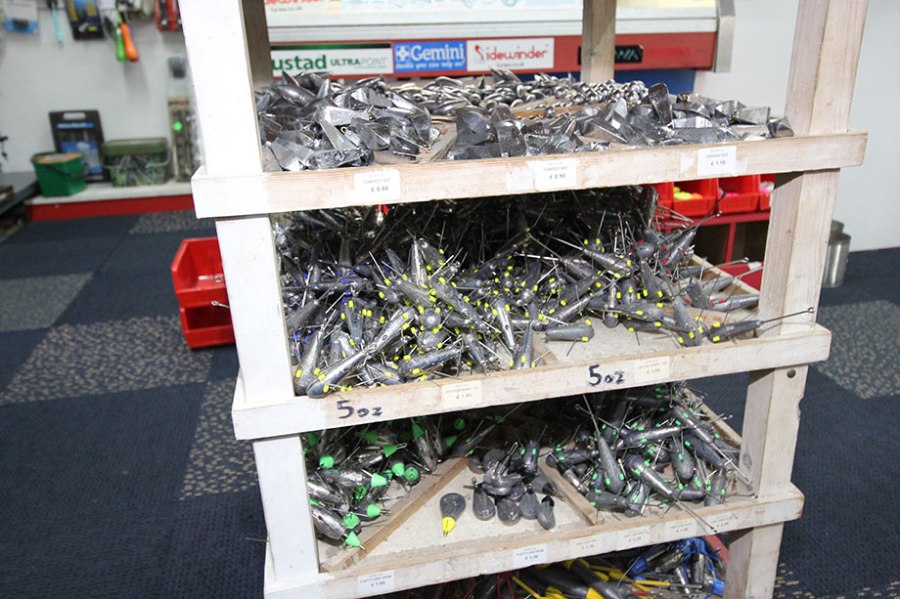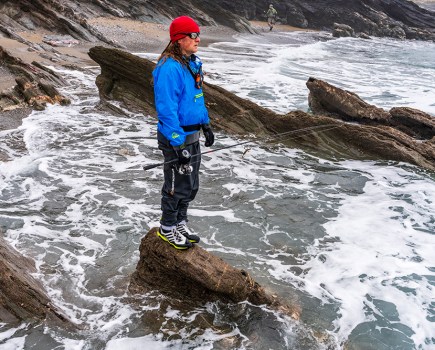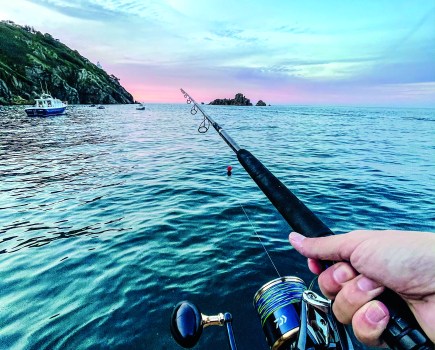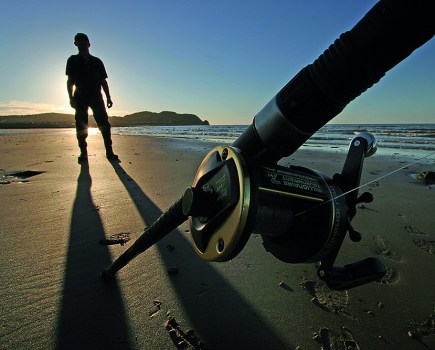John Holden’s advice on how to solve the issues caused by a rough turn-over as the rig and sinker fly away…
When it comes to sinker design, there is a big difference between beach and field. Tournament designs prioritise aerodynamics and in this respect the UKSF tournament sinkers are about as good as it gets. They maximise distance but also retain their shape under heavy casting pressure and on impact. For example, too long a torpedo shape bends like a banana on a massive cast.
It is no surprise that tournaments influenced beach sinkers such as Breakaways. But that doesn’t mean that all beach sinkers must be aerodynamically excellent. Almost any shape casts well enough on the shore, freeing us to choose the right sinker for the fishing involved. Flat lead weights for fishing on mud, pyramids for surf fishing over clean sand, bank sinkers and even the old watch leads and Captas do well enough. Some tend to flirt or tumble in flight, but there isn’t much of a yardage penalty.
IMBALANCE
An easy test is to chop a 150g chunk from a roll of roofer’s lead flashing, double it over a couple of times and cast it. Not bad, except it wobbles about in the air. Then hammer it into a rough ball and try again. Nice and smooth. Up to about 150m, it’s within a few paces of a tournament lead weight. Way back before you could buy decent moulds, I made grip sinkers by filling short bits of copper tube with molten lead. They cast perfectly well.
Distance issues aside, another criticism of some sinker designs is that they cause the rig to swirl around in flight. Some shapes certainly don’t help, but, in reality, they’re magnifying an underlying problem – imbalance between sinker mass and bait size. Rather than bothering about sinker shapes, this is where the focus should be.
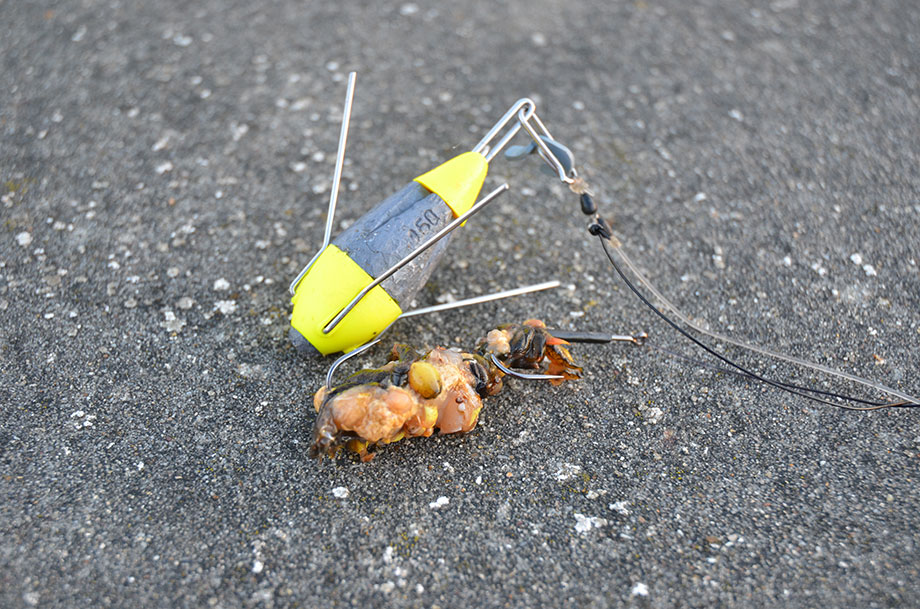
DESIGN
While a rod is under compression as we inject power into the cast, the sinker travels tail first. On release, it flips over to fly nose first, Since rig and baits are involved, this transition must be smooth to prevent wobble, too much of which distorts line flow and often creates whiplash that damages baits.
Many of the issues blamed on the sinker’s design are actually caused by a rough turn-over as the rig and sinker fly away, which is triggered by the sinker and bait fighting each other for dominance. That’s all right on a short cast, such as when you’re lobbing a big soft crab and a small lead weight, but it’s unacceptable at longer ranges.
There are several ways to cure this, or at least to reduce it. Stepping up the sinker size helps. Better, clip the bait immediately behind the sinker so they fly as one. This sometimes calls for a bit of creativity in the rig design department, but it does make life easier.
The switch to braid and thin mono main lines can cause sinker wobble, even with small baits and streamlined rigs. Spanish anglers using lines down to 1kg breaking strain recognised the problem decades ago. They invented very long tail wires that stabilise the sinker in the critical turn-over phase. Well worth a try.

